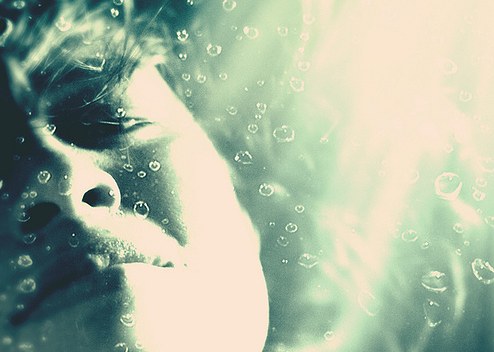It’s all thrashing and screaming for help isn’t it? Well, no. Absolutely not. Drowning people cannot even reach out to grab your oustretched hand or a thrown ring let alone yell and wave their arms. I used to help lifeguard our now dry local, public swimming pool, lido, but I was never told this vital information at any point during training, thankfully the only incident we ever had was a child grazing a knee poolside.

An article in the Coast Guard’s On Scene magazine, describes the Instinctive Drowning Response like this and it’s worth reading in detail so that you can spot someone drowning when everyone else ignores the signs:
‘Except in rare circumstances, drowning people are physiologically unable to call out for help. The respiratory system was designed for breathing. Speech is the secondary or overlaid function. Breathing must be fulfilled before speech occurs.
Drowning people’s mouths alternately sink below and reappear above the surface of the water. The mouths of drowning people are not above the surface of the water long enough for them to exhale, inhale, and call out for help. When the drowning people’s mouths are above the surface, they exhale and inhale quickly as their mouths start to sink below the surface of the water.
Drowning people cannot wave for help. Nature instinctively forces them to extend their arms laterally and press down on the water’s surface. Pressing down on the surface of the water permits drowning people to leverage their bodies so they can lift their mouths out of the water to breathe.
Throughout the Instinctive Drowning Response, drowning people cannot voluntarily control their arm movements. Physiologically, drowning people who are struggling on the surface of the water cannot stop drowning and perform voluntary movements such as waving for help, moving toward a rescuer. Drowning people usually cannot reach out for a piece of rescue equipment.
From beginning to end of the Instinctive Drowning Response people’s bodies remain upright in the water, with no evidence of a supporting kick. Unless rescued by a trained lifeguard, these drowning people can only struggle on the surface of the water from 20 to 60 seconds before submersion occurs.’
This doesn’t mean that a person that is yelling for help and thrashing isn’t in real trouble–they are experiencing aquatic distress. Not always present before the Instinctive Drowning Response, aquatic distress doesn’t last long–but unlike true drowning, these victims can still assist in their own rescue. They can grab lifelines, throw rings, etc.
Originally via Slate Magazine, but the quote is adapted from a US Coast Guard PDF here.